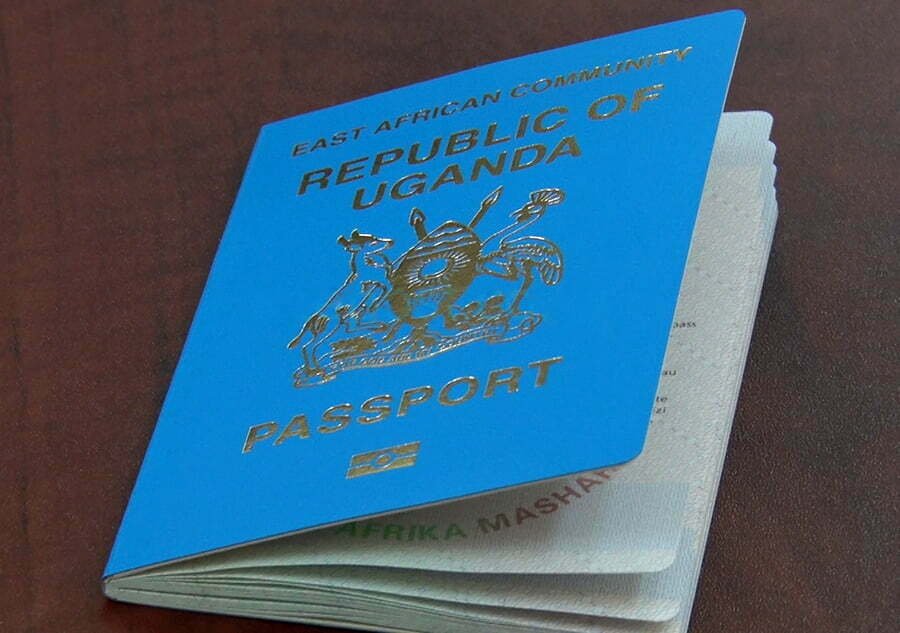(Kilimanjaro) – Climate change is exacerbating the vulnerability of wildlife in Tanzania’s Mkomazi National Park, with rising temperatures, erratic rainfall, and dwindling natural resources impacting animal habitats and survival. This is forcing animals to migrate in search of food and water, increasing their risk of extinction and disease. While conservation efforts are underway, the challenges posed by climate change remain significant.
The increasing temperatures, shifting rainfall patterns, and scarcity of natural resources are affecting animals’ ability to adhere to traditional weather patterns. This disruption is forcing animals to seek sustenance in new areas, escalating their vulnerability to extinction or disease. These ecological shifts are a direct consequence of climate change.
Tanzania’s National Wildlife Conservation Policy of 1998, revised in 2007, aims to safeguard biodiversity by establishing reserves that represent the natural habitats of all key species. However, this policy faces challenges from climate change, drought, and population growth, which lead to increased exploitation of biological resources through agriculture, livestock farming, and housing construction.
The impact is evident in the 3,245 square kilometer Mkomazi National Park. The area’s drought forces animals to travel long distances in search of water, contributing to fatalities. According to park warden Jackson Lyimo, critically endangered species in the park include the Black Rhino, African Wild Dog, Cheetah, Gerenuk, and Giraffe. He stated that rising temperatures cause poor distribution of grazing land for these rare animals, hindering their access to sufficient food and water, leading to their decline.
Conservation efforts include digging ponds, using water tankers, and providing supplementary food for animals like the Black Rhino. These rhinos are kept in a special enclosure and receive alternative food when natural grazing is scarce due to drought. These measures aim to prevent the extinction of these rare species despite the challenges arising from climate change. Lyimo further explained that the African Wild Dogs in the enclosure are also fed to ensure their survival and reproduction. These dogs are typically fed three kilograms of meat each day at 11 p.m.
Additional measures include government-led tree planting initiatives in communities surrounding the park, encouraging each household to plant at least 20 trees. Despite these efforts, challenges persist, including illegal logging within the park. Lyimo suggested continued public education and tree-planting campaigns, urging village governments to develop designated grazing areas for livestock to reduce reliance on the park.
Mkomazi’s Wildlife Veterinary Officer, Violeth Kessy, explained that climate change causes diseases like anthrax among animals due to drought, citing similar issues at Tarangire National Park. Kessy highlighted the acute water shortage in Mkomazi, with limited and dwindling water sources. The delayed rains have exacerbated the situation, impacting animals significantly. Although large-scale animal deaths have not yet been recorded, Kessy warned of future problems if the drought persists, as some animals cannot withstand these conditions, and others die from exhaustion after long journeys to reach water sources. The park relies heavily on the Dindira dam, which was on the verge of drying up, prompting the construction of a smaller adjacent dam and the use of water tankers.
Former Minister of State in the Vice President’s Office (Union and Environment), Dr. Ashatu Kijaji, speaking at the 35th meeting of the Standing Committee on Finance of the United Nations Framework Convention on Climate Change (UNFCCC) in Arusha, emphasized Tanzania’s efforts to combat climate change through comprehensive policies and strategic plans, including the National Environment Policy (2021), the National Strategic Master Plan (2022-2032), and the National Blue Economy Policy (2024). Dr. Kijaji acknowledged the significant impact of climate change, manifesting in extreme weather events like floods, storms, unreliable rainfall, and infrastructure damage.
Climate change activist Chamtigiti Wakara emphasized that human activities significantly contribute to climate change, impacting ecosystems, national parks, and game reserves. He explained that reduced rainfall affects the availability of water, shelter, and food for wildlife, reducing animal populations. He also noted the impact on coral reefs due to rising temperatures and the challenges faced by flamingos at Lake Natron due to decreasing salt levels, affecting their food supply. Wakara added that climate change research faces funding challenges, hindering comprehensive studies.
Dr. Emanuel Martin, a Senior Lecturer at the Mweka Wildlife College, stressed the need for public education on climate change and its effects. He advocated for environmental conservation, increased tree planting, reduced carbon emissions through public transport use, reduced deforestation, and the use of efficient stoves. He also urged major nations to reduce carbon emissions and pesticide use.
Rose Senyagwa, a weather analyst from the Tanzania Meteorological Authority (TMA), stated that the authority provides public education on climate change and its effects, which include disrupted weather patterns and increased extreme weather events. Ongoing efforts include enhancing weather monitoring, training climate scientists, providing early warning systems, publishing annual climate reports, and conducting research on climate change. She urged the public to follow weather forecasts and adopt climate-resilient economic and social practices.
Omary Mollel, a Conservation Officer from the Tanzania Wildlife Management Authority (TAWA), stated that the authority is combating climate change through various measures in conservation areas, including public education on environmental conservation and the construction of water ponds. He urged the public to reduce activities that contribute to climate change and to plant trees.
Mkomazi National Park: A Climate Change Hotspot for Wildlife
| Challenge | Impact on Wildlife | Mitigation Efforts |
|---|---|---|
| Rising Temperatures | Poor distribution of grazing land, reduced food and water availability. | Supplementary feeding, provision of water through tankers and ponds. |
| Erratic Rainfall/Drought | Animals forced to travel long distances for water, increased risk of death/disease. | Construction of water ponds, water tankers, and protection of existing water sources. |
| Habitat Degradation | Loss of natural habitats, increased competition for resources. | Tree planting initiatives in surrounding communities. |



















